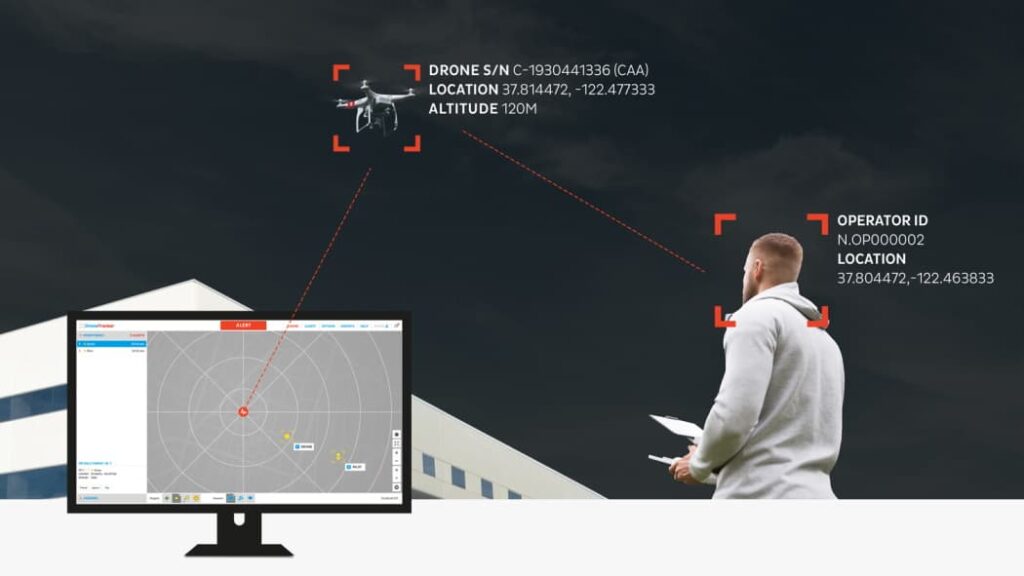



Counter-drone technology platform Dedrone has become the first to provide users with compliance with both U.S. and E.U. government-provided remote ID standards for the identification of drones.
The United States Federal Aviation Administration (FAA) recently announced final regulations for UAS (unmanned aerial systems), including a requirement for Remote ID, and the European Commission Regulations on UAS, which set the framework for the safe operation and management of drone traffic in the European Union, has also come into effect. Drone pilots under both jurisdictions will be responsible for complying with respective drone regulations, including registering their aircraft and incorporating registration data into the drone’s Remote ID system.
Dedrone will allow security providers to read Remote ID data through the intelligent software system to identify the drone operator, operator’s location, drone type and drone location in real time. Dedrone’s proprietary database of drone activity, DroneDNA, automatically references Remote ID data and identifies any unauthorized or noncompliant drone activity. Users can respond to rogue drone threats and ensure their airspace is protected against espionage, contraband delivery, or terrorism, while allowing authorized drones to proceed with their normal flight operations.
Dedrone has actively followed FAA developments and supported the European Commission through participation in the ASD-STAN working group that defined the technical standard for Remote ID, making it ideally placed for Remote ID in accordance with both sets of standards.
Aaditya Devarakonda, CEO of Dedrone, commented: “Dedrone is committed to continuous product development and ensuring our product and services are future-proof. Regardless of flight regulations, or a drone pilot’s adherence to them, Dedrone provides security leaders with the assurance that they are seeing all airspace activity, and protecting their operations, assets and information from malicious and unauthorized drone threats.”





Related Posts
New Drone Fires Thales Missile in Unmanned Air Combat Milestone
UAS Startup Accelerator Awards 3M in Funding
US Navy Orders Unmanned Tactical Resupply Aircraft